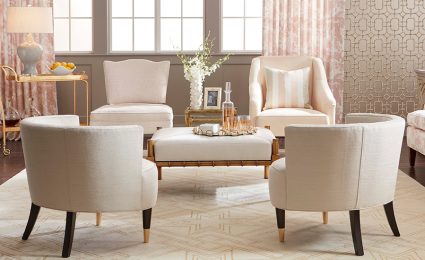In this age, achieving a professional look for your home’s interior is the key to great design. Just like many things in life, following design “Do’s” and “Don’ts” can help you make the right impression with your home’s decor.
Dos
Purchase Plush Pillows
The pillows are a great place to start; decorative pillows that are plush, soft , and filled with down always add a “wow” factor to any room. To determine whether or not your pillows can shape up well, execute a karate chop to the top edge of the pillow to break its “blockiness”.
Leave Space Around Your Furniture
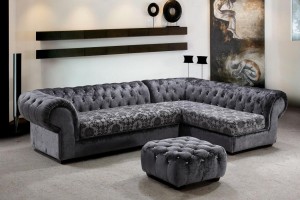 When you allow more space around each piece of furniture, your room looks more inviting. Placing furniture away from the walls can create a conversational grouping. Take note that the optimal distance for conversational seating is a minimum of 4 feet and a maximum of 8 feet– we call this the Goldilocks Zone.
When you allow more space around each piece of furniture, your room looks more inviting. Placing furniture away from the walls can create a conversational grouping. Take note that the optimal distance for conversational seating is a minimum of 4 feet and a maximum of 8 feet– we call this the Goldilocks Zone.
Utilize Relevant and Appropriately-Scaled Lighting
You should choose light fixtures that are appropriately-sized to dress the room properly. By buying the right light fixtures will evoke your desired feel for the room. Think of it like using a piece of fine jewelry to enhance the style of a little black dress.
Choose Paint Colors That Enhance the Look of a Room
Paint color can make or break the look of your room. Poorly matched colors can often result in less than stellar reactions from visitors. However, reading undertones require a significant level of experience and skill, so it’s best to consult a professional for this type of task.
Purchase an Appropriately-Sized Area Rug
Area rugs can be used to define a grouping of furniture. It is highly recommended that you purchase an area rug large enough for at least the front legs of each piece of furniture in a grouping so there is consistency and cohesion.
Don’ts
Over-Matching Furniture and Textiles
Design experts recommend that homeowners avoid being too matchy. Instead of constantly matching furniture and textiles, you should relate them. The goal is to create a collected look, which means looking for a collection of pieces that have something in common. For instance, mood, material, history, color, motif or style.
Skimp on Drapery
This time round, forget about the saying “Less is More”. Design pros recommend using fabric yardage that is up to three times the width of a window, for custom draperies. If yours are fixed side panels, choosing a fabric that’s twice as wide as the window is sufficient.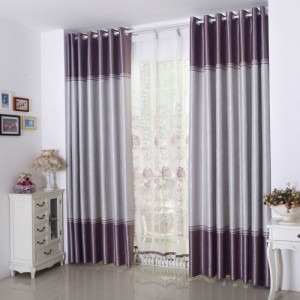
Isolate Rooms
There should be a seamless flow from one room to another. The desired effect can be visually achieved by linking adjacent spaces. For example, you may carry over an accent color or repeat a pattern from one room to the next.
Stopping Before the Layering Phase
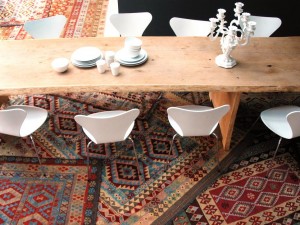 People love the concept of layering in the fashion world, and the same amount of love is also expressed in design. If you have a patterned headboard in your room, and you like its design, go ahead and repeat the pattern or color. However, it’s best to keep it subtle; stop before things start to look too matchy.
People love the concept of layering in the fashion world, and the same amount of love is also expressed in design. If you have a patterned headboard in your room, and you like its design, go ahead and repeat the pattern or color. However, it’s best to keep it subtle; stop before things start to look too matchy.
Neglecting the Small Design Details
Always remember that custom details are what truly define a design. From inlaid floors, custom pillows to nailheads, choosing the right details will help you create a custom look that is both professional and drop-dead gorgeous.
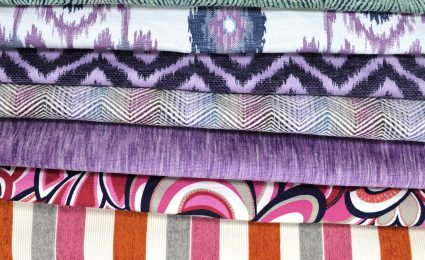

 When you allow more space around each piece of furniture, your room looks more inviting. Placing furniture away from the walls can create a conversational grouping. Take note that the optimal distance for conversational seating is a minimum of 4 feet and a maximum of 8 feet– we call this the Goldilocks Zone.
When you allow more space around each piece of furniture, your room looks more inviting. Placing furniture away from the walls can create a conversational grouping. Take note that the optimal distance for conversational seating is a minimum of 4 feet and a maximum of 8 feet– we call this the Goldilocks Zone.
 People love the concept of layering in the fashion world, and the same amount of love is also expressed in design. If you have a patterned headboard in your room, and you like its design, go ahead and repeat the pattern or color. However, it’s best to keep it subtle; stop before things start to look too matchy.
People love the concept of layering in the fashion world, and the same amount of love is also expressed in design. If you have a patterned headboard in your room, and you like its design, go ahead and repeat the pattern or color. However, it’s best to keep it subtle; stop before things start to look too matchy.
